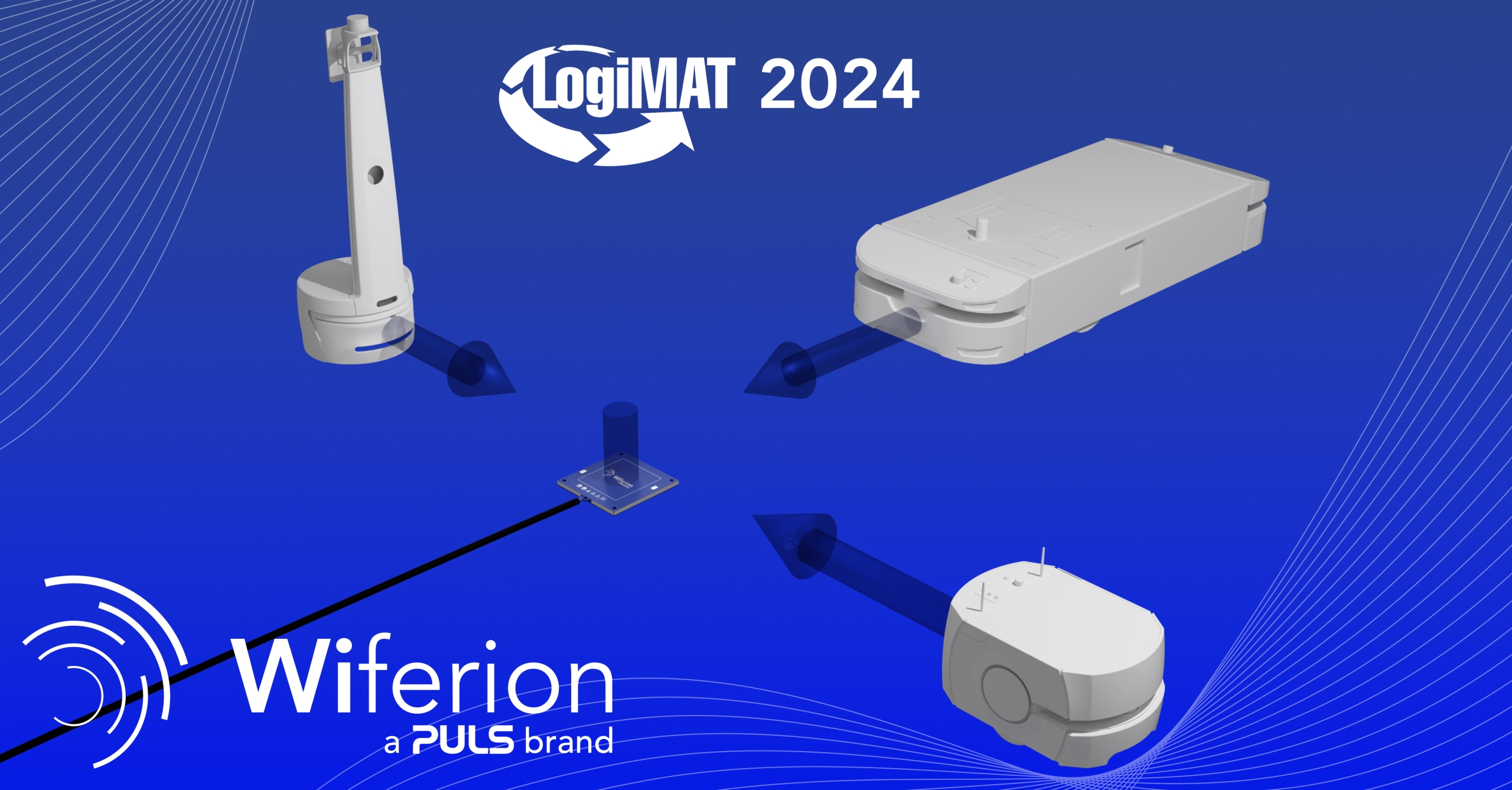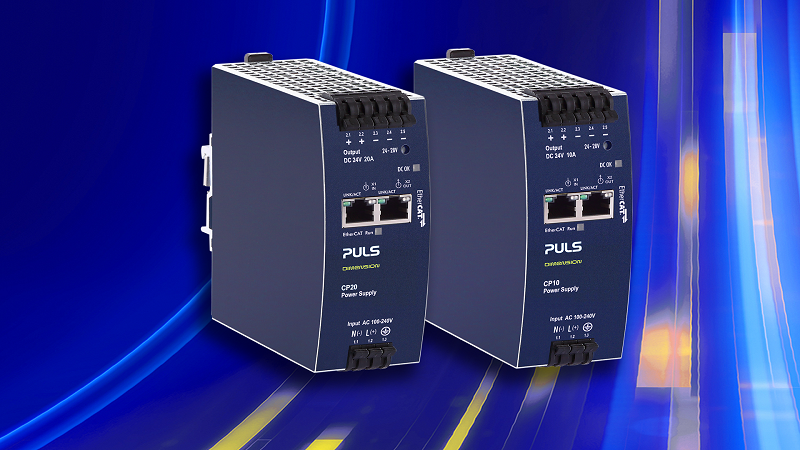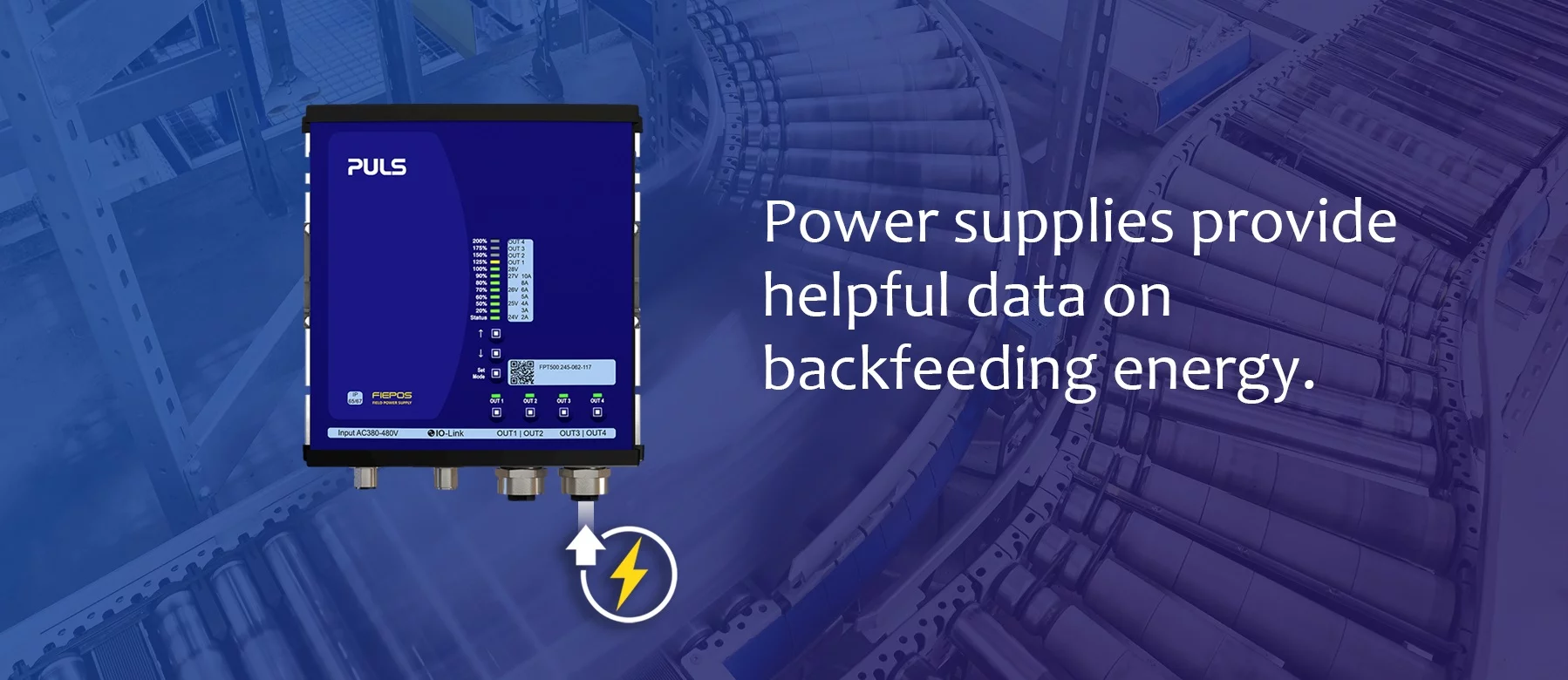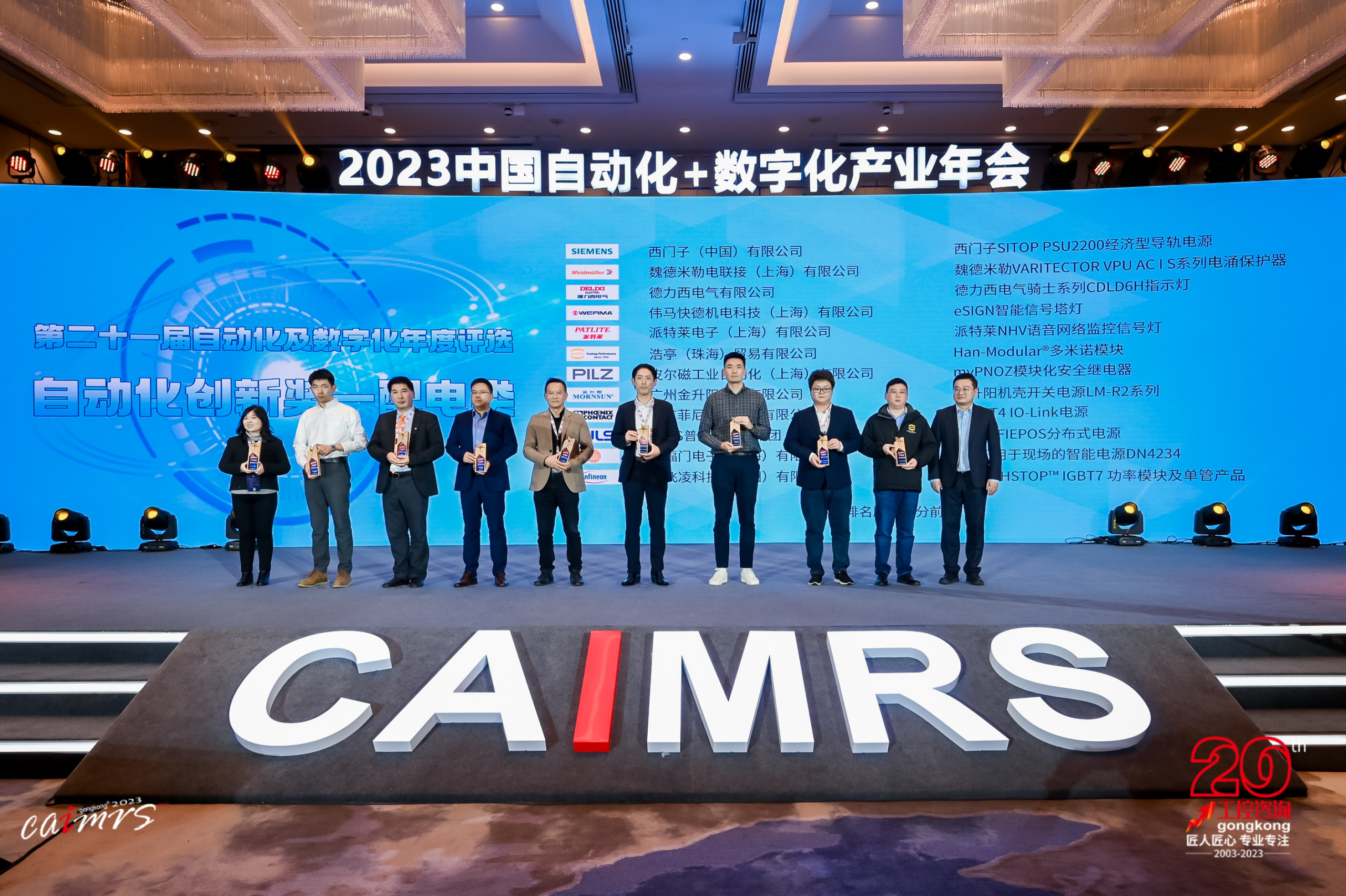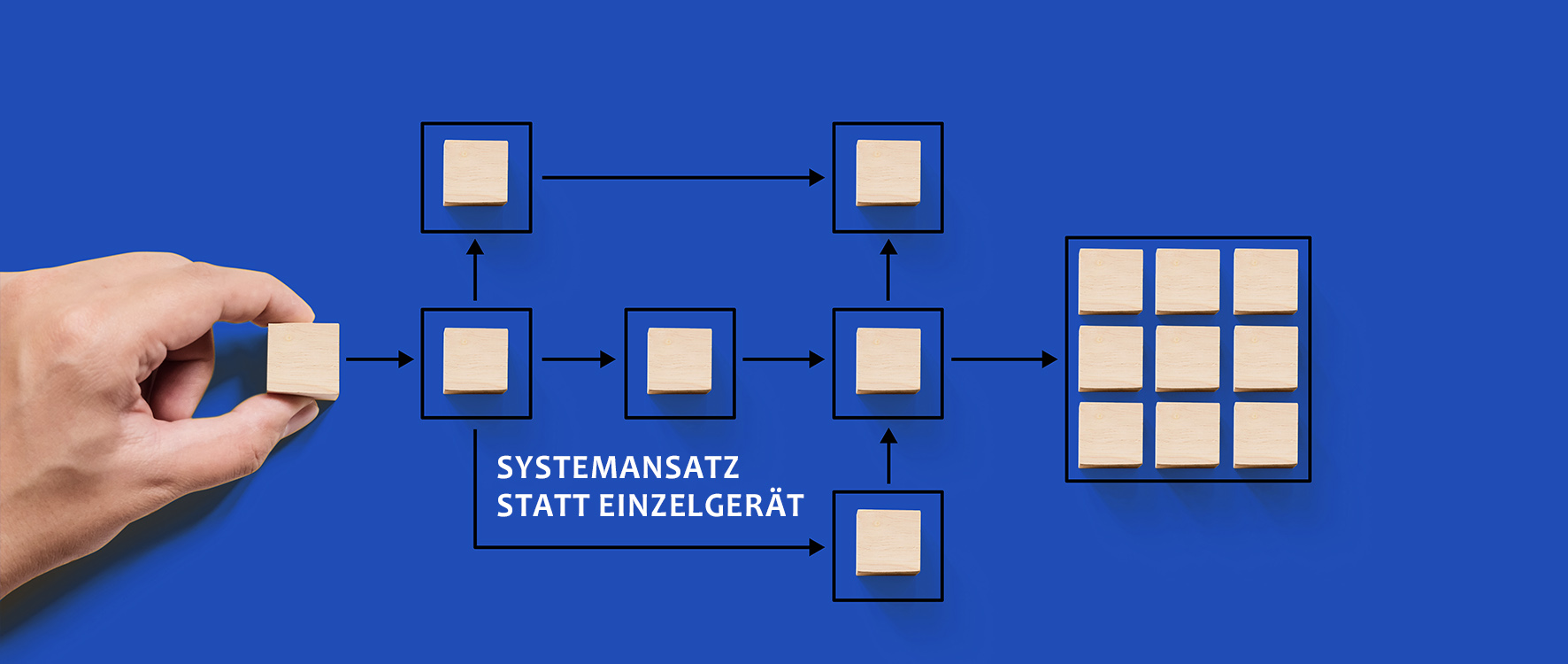 https://www.pulspower.com/wp-content/uploads/2024/04/Automate2024_logo.png
261
431
Maximilian Hülsebusch
https://www.pulspower.com/wp-content/uploads/2023/07/logo_website.png
Maximilian Hülsebusch2024-04-10 08:10:182024-04-10 08:10:18Meet PULS & Wiferion (a PULS brand) at AUTOMATE 2024
https://www.pulspower.com/wp-content/uploads/2024/04/Automate2024_logo.png
261
431
Maximilian Hülsebusch
https://www.pulspower.com/wp-content/uploads/2023/07/logo_website.png
Maximilian Hülsebusch2024-04-10 08:10:182024-04-10 08:10:18Meet PULS & Wiferion (a PULS brand) at AUTOMATE 2024Contact us
PULS, L.P.
2640 White Oak Circle
Suite A
Aurora, IL 60502
USA & America
Phone: +1 630 587 9780
info@puls-us.com
© Copyright PULS GmbH


